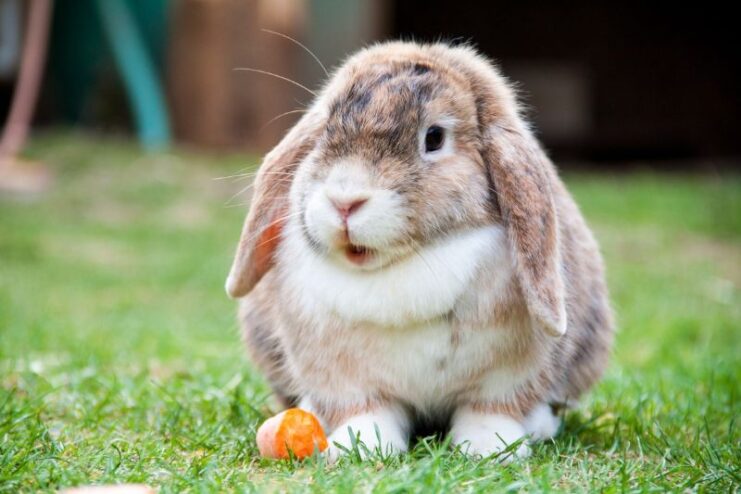Life in the animal kingdom can be astonishingly varied, with some species enjoying long, leisurely lifespans, while others experience life as a rapid, fleeting journey.
Join us as we take a look at the shortest living animals in the world, each with their own unique adaptations and roles within their ecosystems.
10. Domestic Rabbit

Lifespan: 1-2 years (in the wild)
In their natural habitats, domestic rabbits face numerous challenges that significantly reduce their life expectancy.
Predation, disease, and harsh environmental conditions all contribute to their brief lives. These factors make survival in the wild a daunting task for domestic rabbits, resulting in an average lifespan of only 1-2 years.
When kept as pets and provided with adequate care, they can live much longer, often reaching up to 8-12 years. This stark contrast highlights the impact of environment and care on an animal’s longevity.
- Domestic rabbits have powerful hind legs that allow them to leap great distances to escape predators.
- They are social animals and can form strong bonds with humans and other rabbits.
- Rabbits have a unique digestive system that requires them to eat their feces to reabsorb essential nutrients.
9. Mosquitofish
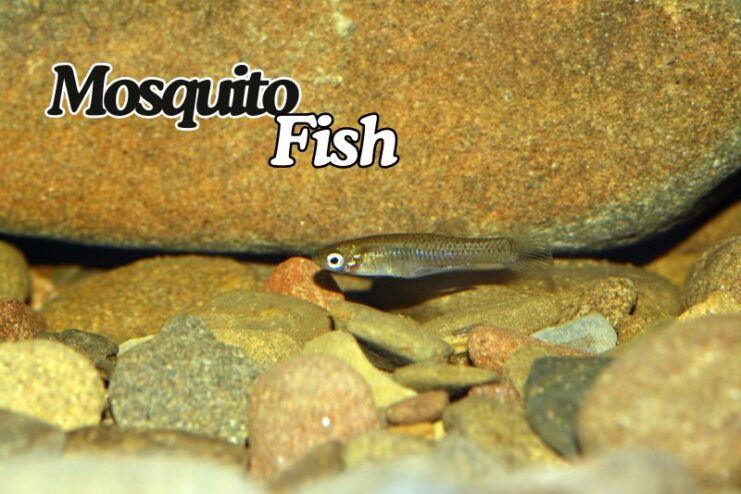
Lifespan: 1-2 years
Native to the southeastern United States, mosquitofish are small freshwater fish known for their rapid reproduction rates. This is crucial for maintaining their populations, given their short lifespan.
Their existence is often cut short by predators and environmental changes, which are significant threats to their survival.
Despite their brief life span, mosquitofish play a vital role in controlling mosquito populations, as they feed on mosquito larvae, contributing to the ecosystem’s balance.
- Mosquitofish can consume up to 167% of their body weight in mosquito larvae each day.
- They are highly adaptable and can survive in a wide range of water conditions.
- Mosquitofish are livebearers, meaning they give birth to live, free-swimming young rather than laying eggs.
8. Labord’s Chameleon
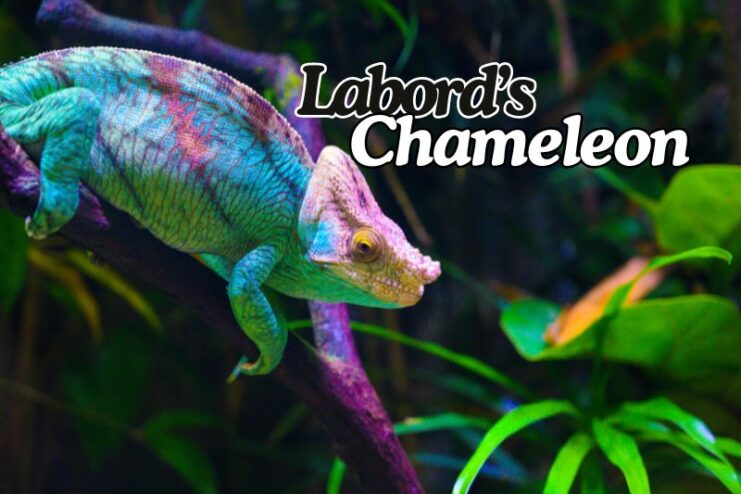
Lifespan: 1 year
Labord’s chameleon, found in Madagascar, holds the distinction of having one of the shortest lifespans among four-legged vertebrates. Their life cycle is highly synchronized with the seasonal changes in their environment.
They spend a significant portion of their life as eggs, hatching with the onset of the rainy season.
Once hatched, they rapidly grow, mature, and reproduce within a few months, before the entire adult population dies off at the end of the dry season. This annual life cycle is a remarkable adaptation to their environment.
- Labord’s chameleons exhibit dramatic color changes during mating displays.
- They have a unique hunting style, using their long, sticky tongues to catch insects.
- These chameleons can rotate their eyes independently, allowing them to look in two different directions at once.
7. Panther Chameleon
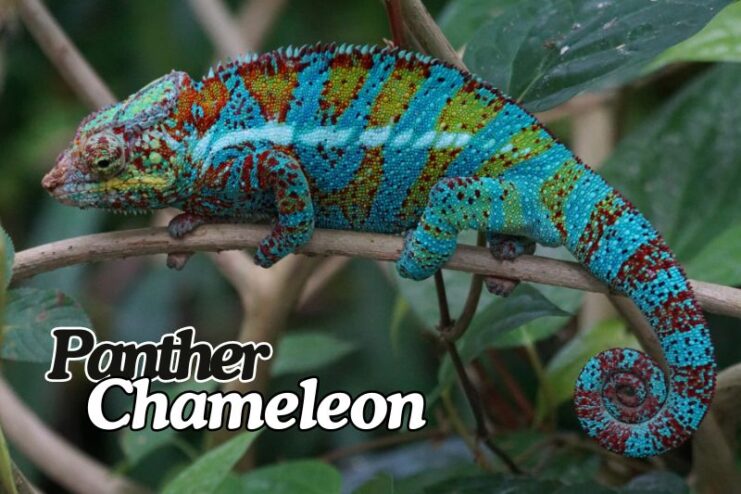
Lifespan: 1-2 years (in the wild)
Another resident of Madagascar, the Panther chameleon, also has a short lifespan in the wild. Predation and environmental stressors are the main factors contributing to their brief existence.
In captivity, these chameleons can live significantly longer, with a lifespan of 5-7 years.
Proper care, diet, and a controlled environment can greatly extend their lives, showcasing the difference between wild and captive conditions.
- Panther chameleons are known for their vivid coloration, which can vary greatly between individuals and regions.
- They have prehensile tails that they use for balance and grip when climbing.
- These chameleons communicate with each other through body language and color changes.
6. House Mouse
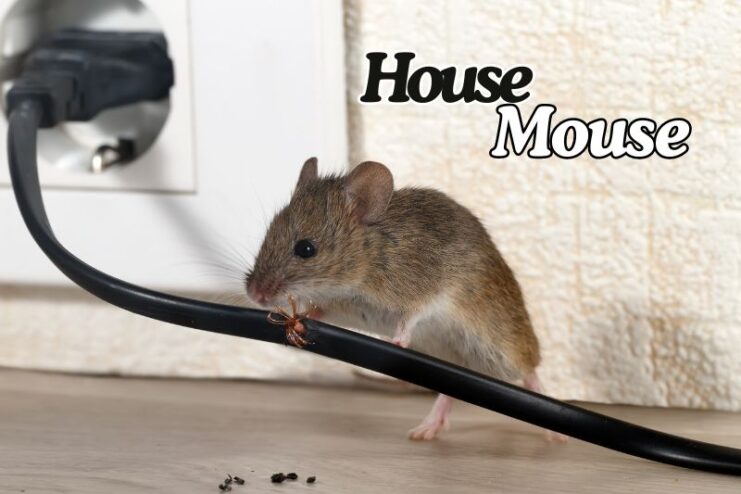
Lifespan: 1-2 years
House mice are ubiquitous creatures found across the globe. Their short lifespan is primarily due to high predation rates and challenging living conditions.
Despite their brief lives, house mice are known for their rapid reproduction, which allows their populations to sustain and thrive even under adverse conditions.
In laboratory settings, where they are often used for research, house mice can live slightly longer, up to 2-3 years, due to the controlled and protected environment.
- House mice are highly social animals and live in groups.
- They have a keen sense of smell and hearing, which helps them navigate their environment and avoid predators.
- Mice communicate using ultrasonic sounds that are inaudible to humans.
5. Dragonfly
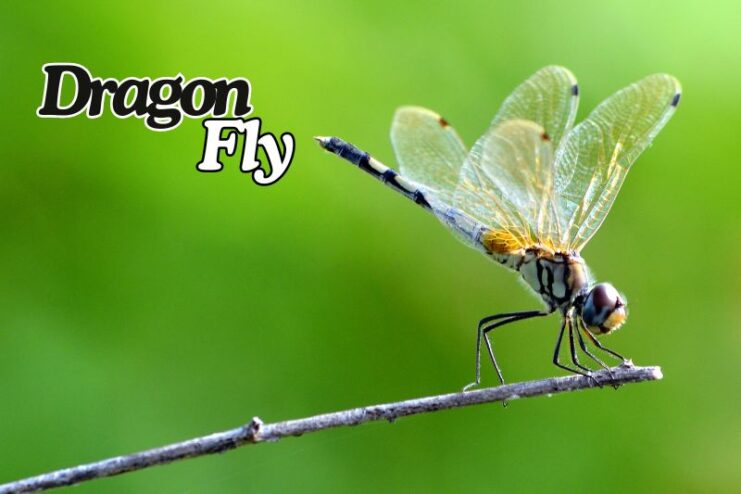
Lifespan: 4 months to 1 year
Dragonflies are fascinating insects with a lifecycle that includes a lengthy aquatic nymph stage. As nymphs, they live in water for up to four years, undergoing numerous molts. Once they emerge as adults, their lifespan drastically shortens.
Adult dragonflies live for only a few months, during which they focus on reproduction. Their vibrant presence is a brief yet vital part of their life cycle, emphasizing the transience of their adult phase.
- Dragonflies can fly in six directions: up, down, forward, backward, left, and right.
- They are capable of flying at speeds of up to 30 miles per hour.
- Dragonflies have excellent vision, with nearly 360-degree field of view due to their large compound eyes.
4. Worker Bee
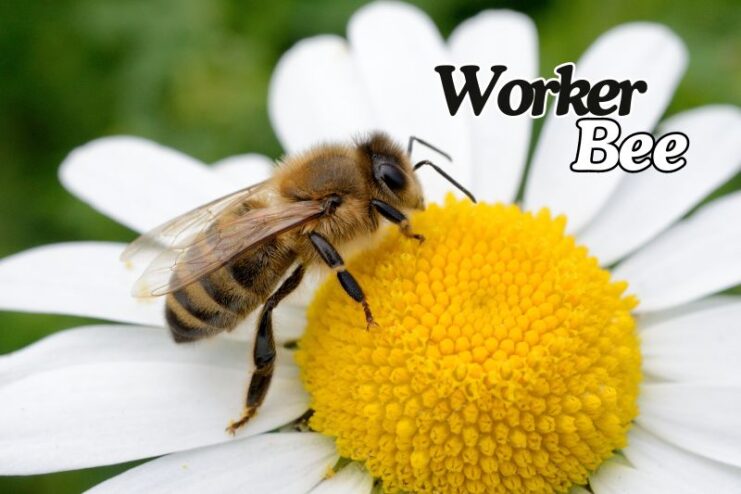
Lifespan: 5-7 weeks (during active seasons)
Worker bees are essential to the functioning of a hive, yet their lives are incredibly short during the active seasons of spring and summer.
During these times, they tirelessly forage for food, care for the queen and larvae, and protect the hive. This intense activity leads to a lifespan of just 5-7 weeks.
In contrast, worker bees born in the autumn, with less foraging and hive activity, can live through the winter months, showing how seasonal roles affect their longevity.
- Worker bees can visit up to 5,000 flowers in a single day.
- They communicate with each other through a “waggle dance” to inform hive mates about the location of food sources.
- Each worker bee produces only about 1/12th of a teaspoon of honey in its lifetime.
3. Fruit Fly
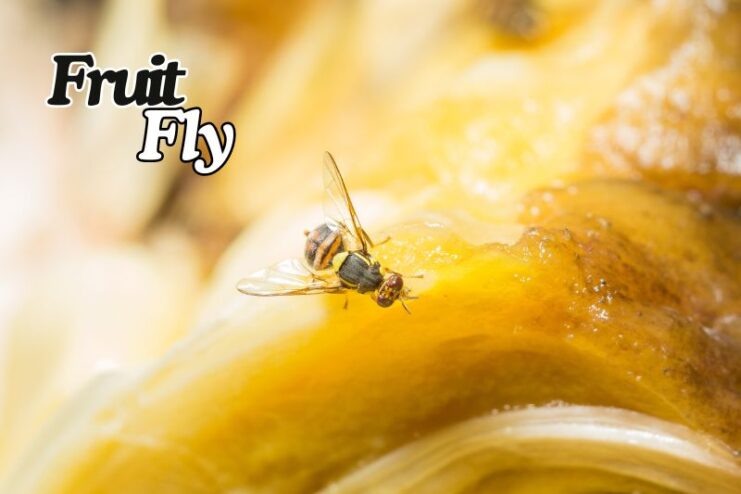
Lifespan: 40-50 days
Fruit flies are extensively used in genetic research due to their short and well-understood life cycle. Their entire lifespan, from egg to adult, spans only about 40-50 days.
This rapid life cycle allows scientists to study multiple generations in a short period, making fruit flies ideal for research on genetics, development, and behavior.
Despite their fleeting lives, they have made significant contributions to scientific knowledge.
- Fruit flies have been used in genetic research for over a century.
- They can lay up to 500 eggs in their short lifespan.
- The genome of the fruit fly was fully sequenced in 2000, providing valuable insights into genetics.
2. Gastrotrichs
Lifespan: 3 days
Gastrotrichs are microscopic aquatic animals with one of the shortest lifespans among multicellular organisms. They inhabit a variety of aquatic environments, from freshwater to marine ecosystems.
Their life cycle is incredibly brief, lasting only about three days. During this short time, they feed, grow, and reproduce rapidly.
Their ephemeral existence is a testament to the diverse strategies life employs to survive and propagate.
- Gastrotrichs have a simple body structure with cilia that they use for locomotion and feeding.
- They reproduce both sexually and asexually, depending on environmental conditions.
- Despite their short lifespan, they play an important role in the decomposition of organic matter in aquatic ecosystems.
1. Mayfly
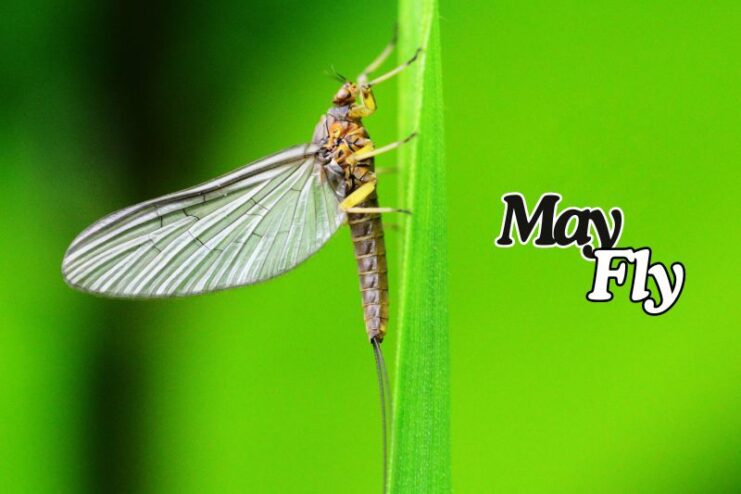
Lifespan: 24 hours
Mayflies are renowned for their extremely short adult life span, which is typically only about 24 hours. They spend the majority of their life as aquatic nymphs, living for several months to a few years in water.
Upon emerging as adults, mayflies have just one purpose: reproduction. They mate, lay eggs, and die within a day.
This fleeting adult phase is an adaptation that allows them to avoid predation and environmental hazards, focusing all their energy on ensuring the continuation of their species.
- Mayfly nymphs are important indicators of water quality, as they are sensitive to pollution.
- They are one of the oldest insect groups, with fossils dating back over 300 million years.
- Some mayfly species synchronize their emergence, resulting in massive swarms that can be seen for only a few hours.

